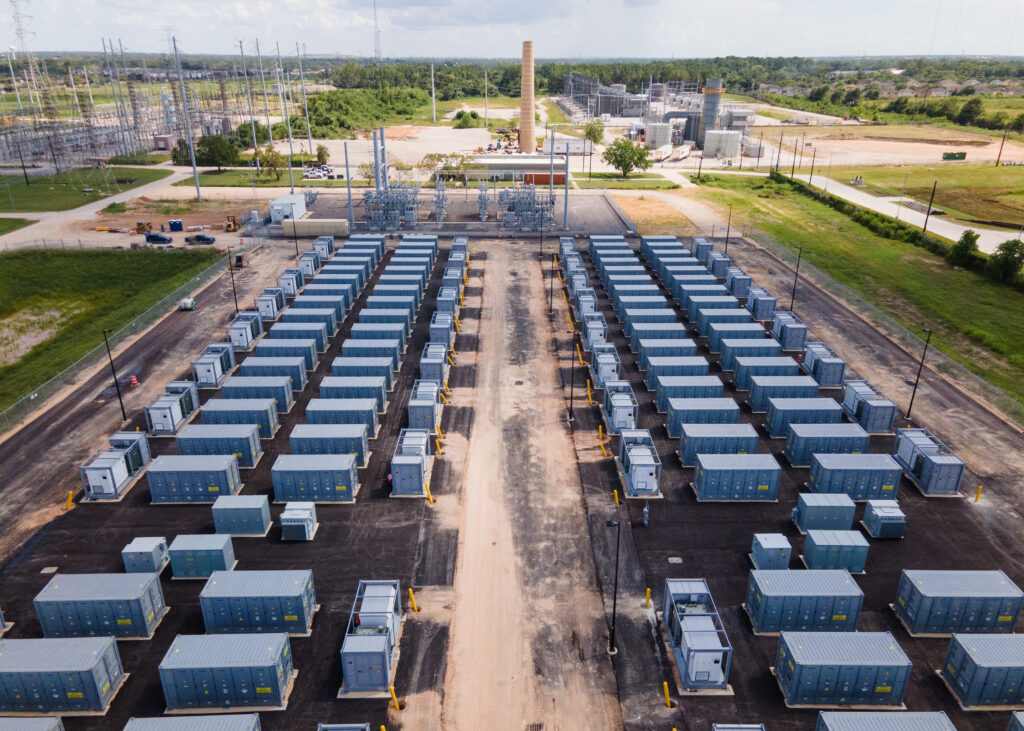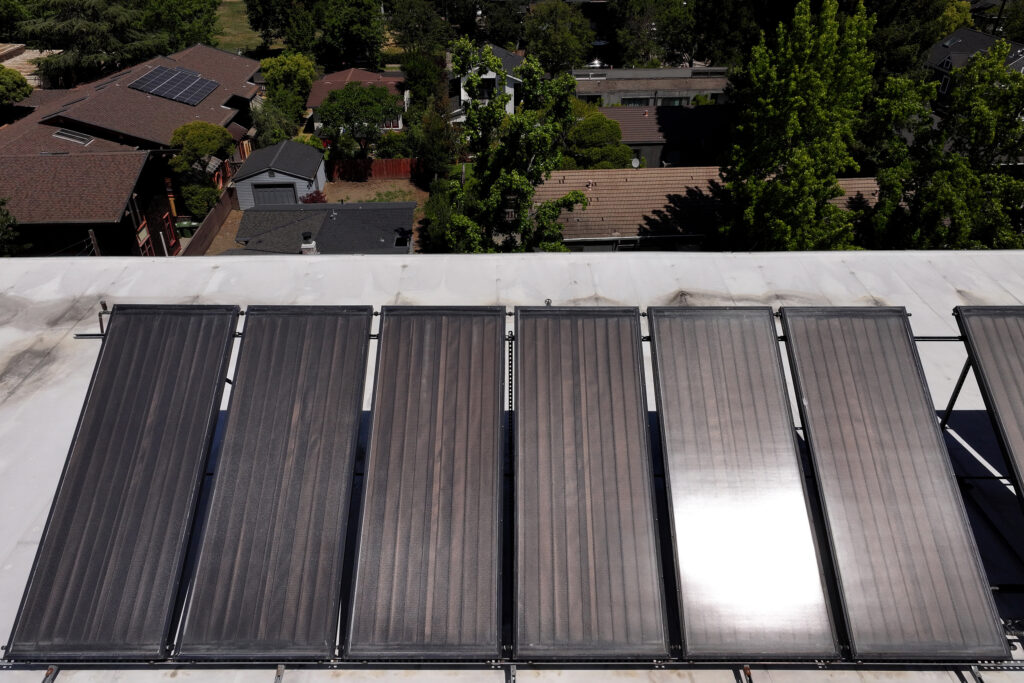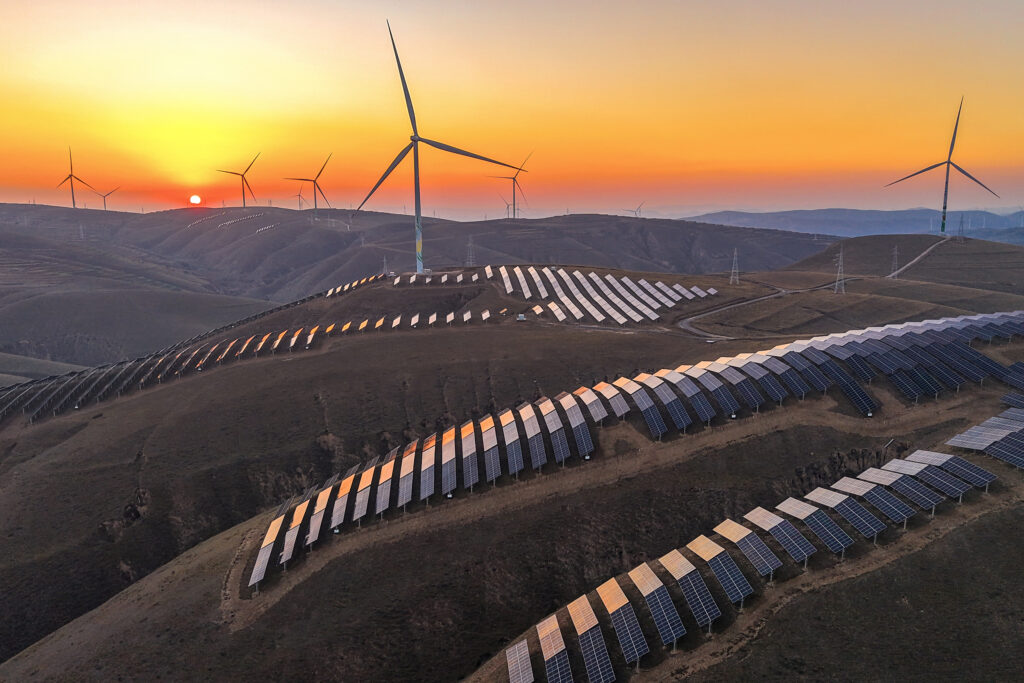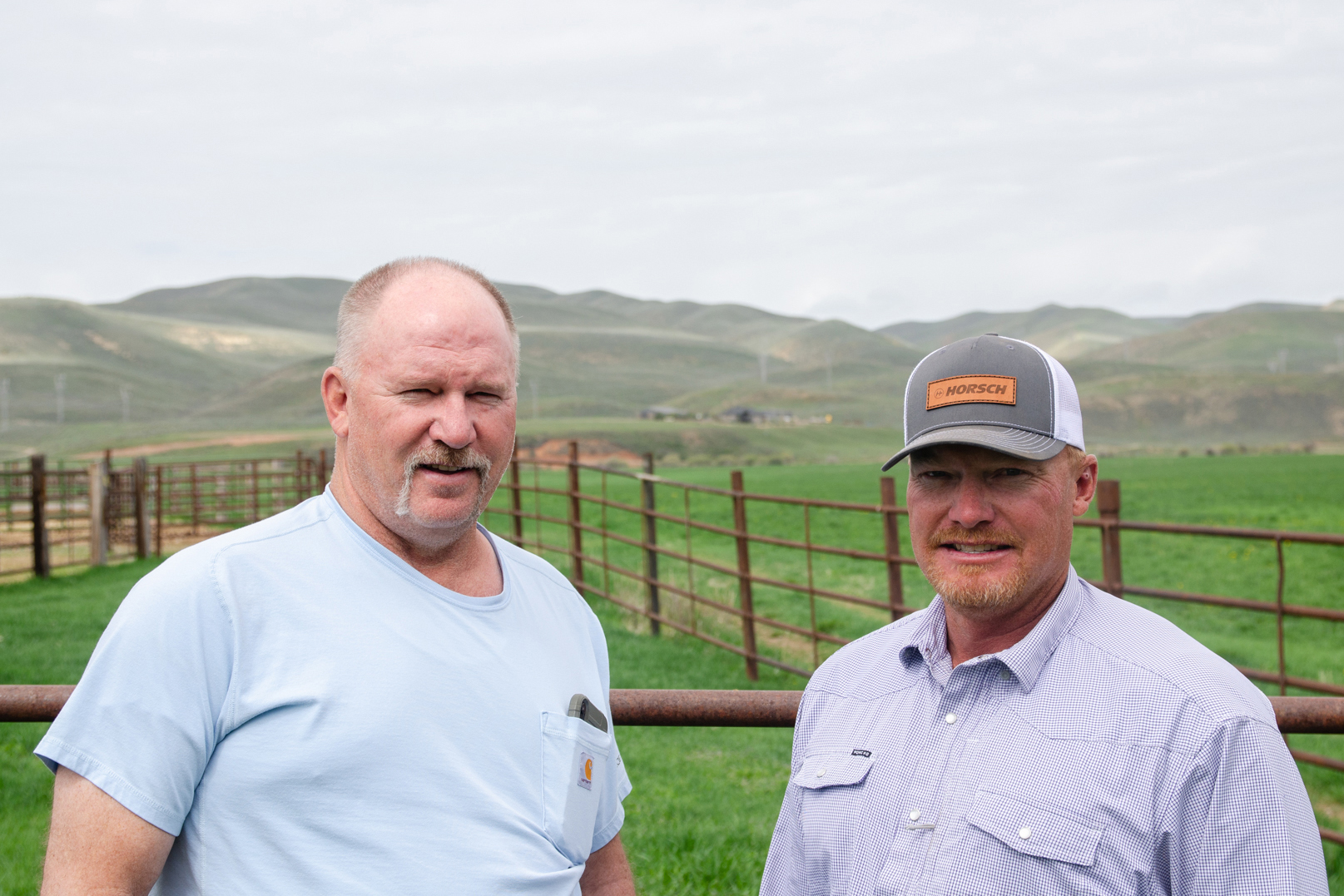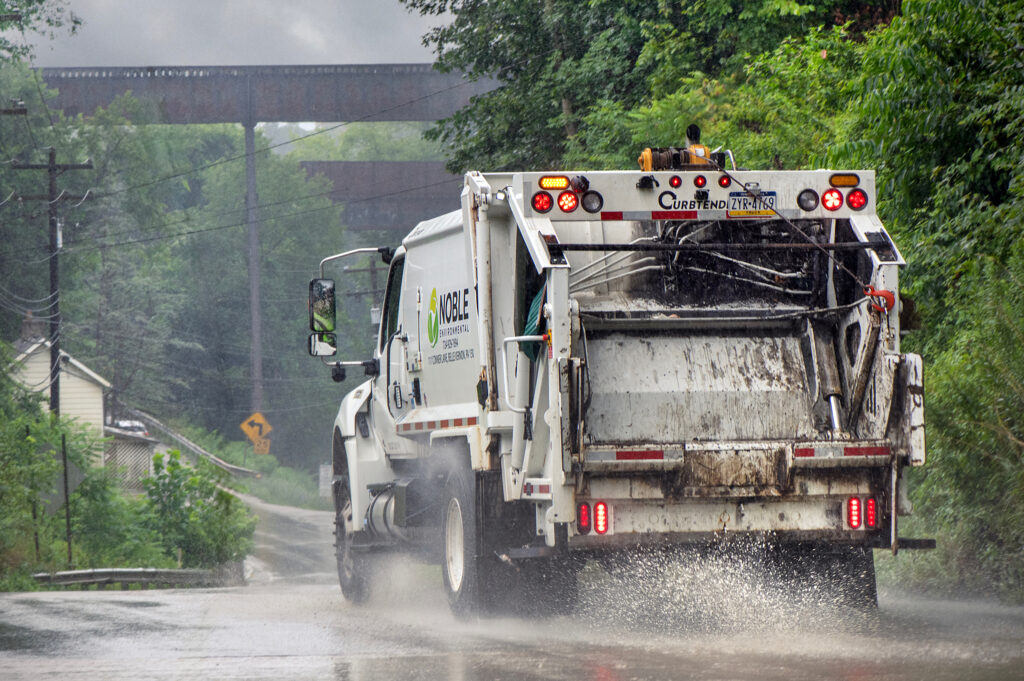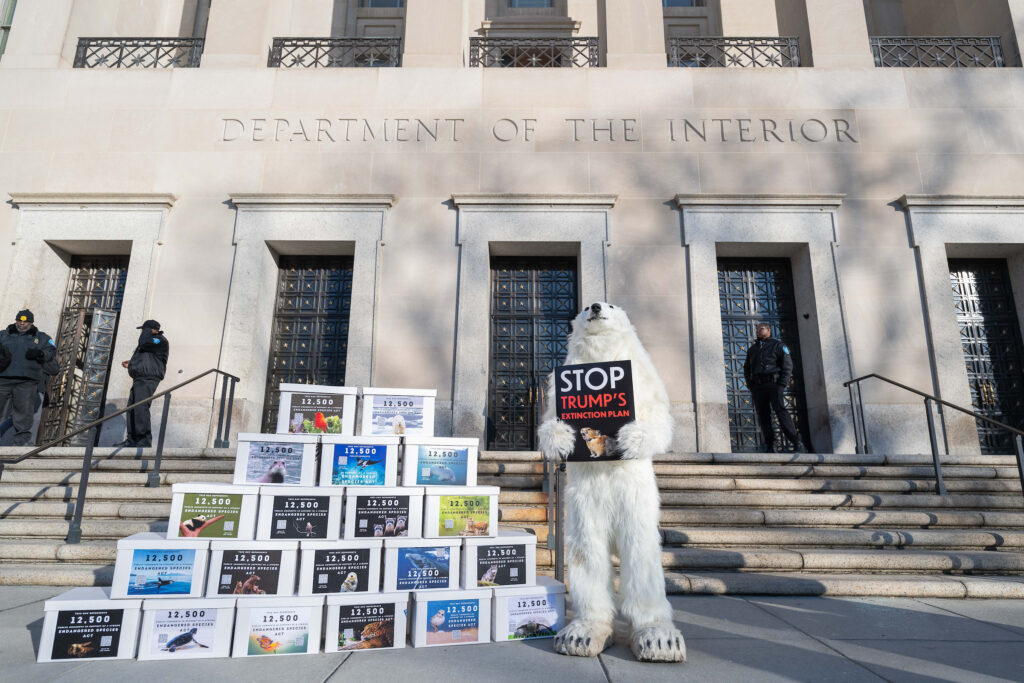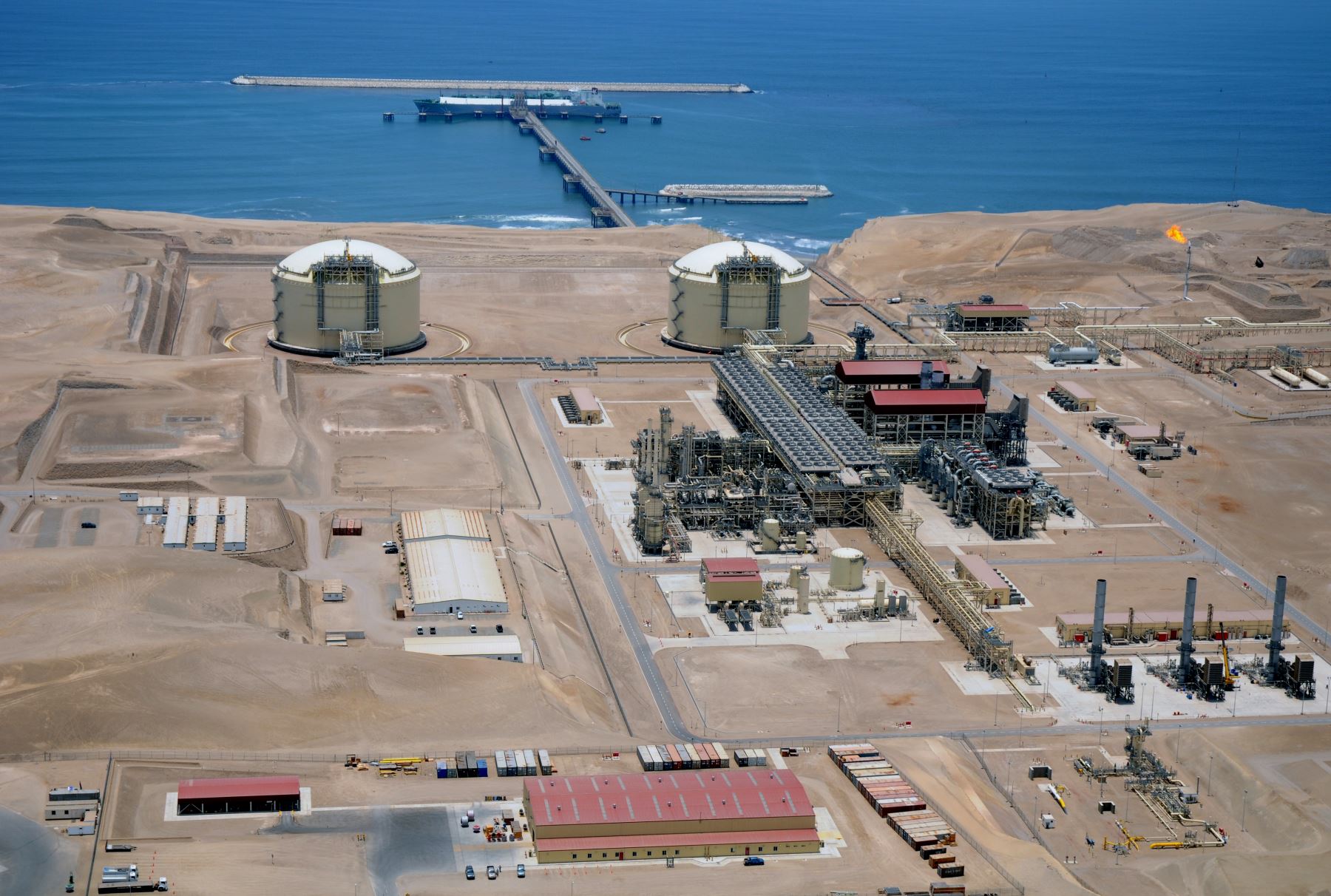There are not many desirable options for accommodating the electricity needs of data centers.
And some of the possibilities are especially bad—bad for consumers, bad for the environment and even bad for data centers.
Alexandra Klass, a professor at the University of Michigan Law School, and Dave Owen, a professor at UC Law San Francisco, have been thinking about whether there’s a better way, and they wrote about it in an article forthcoming in the George Washington Law Review.
Their proposal calls for moving away from the idea that the grid needs to have enough power plant capacity to accommodate all users at all times, and instead take an approach in which data centers and other superusers are treated as a separate customer class with special rules and added flexibility.
The principles of this approach come from the way regulators and government officials have managed the supply of natural gas and Western U.S. water at times of scarcity. The specifics are complicated, but they boil down to the idea that data centers would need to be flexible with their electricity demand and could enter into contracts to trade electricity capacity with other businesses.
Data centers “are going to be disruptive,” Klass said in an interview this week. “The question is, is it going to be a positive disruption or a negative disruption?”
ICF, a research firm, stated in May that U.S. electricity demand is projected to increase by 25 percent from 2023 to 2030, and by 78 percent by 2050, with much of the growth tied to data centers. That’s a considerable increase, which contrasts with a prior period of more than a decade with almost no growth in demand.
When Klass and Owen see these kinds of forecasts, they worry that the country may be setting itself up for a harmful scenario: Utilities and regulators would go through a building boom for power plants to accommodate projections of rising demand, but demand doesn’t fully materialize and other consumers spend decades covering the costs of expensive, underutilized assets.
The growth of data centers, some of which provide the computing muscle for artificial intelligence, could upend the transition to cleaner energy sources. Even though many of the leading companies behind data centers—such as Apple, Google and Meta—have made commitments to use carbon-free electricity, their desire for rapid deployment often conflicts with efforts to limit carbon emissions.
“We have operated our electricity systems with the assumption that we needed to build enough capacity to meet demand at all times,” Owen said, during a video call that also included Klass. “That assumption has not always served us well in the past, and it’s really not looking like it’s going to work for massive new data centers that might or might not be built, might or might not use all the electricity they say they’re going to need, but could lead to very costly changes in transmission and generation. We don’t need to do it that way.”
He has a background studying the laws for allocating water in Western states, and he thinks Southern California’s approach to managing water offers insight about what to do when demand exceeds supply.
The key point is that water providers in areas where water is scarce find ways to reduce usage when resources are low. Residents may complain about aspects of these rules, but the results are often pretty good considering the many challenges, Owen said.
Natural gas markets also provide inspiration for managing the grid and data centers, Klass said.
The main idea is that gas markets developed ways for large consumers to get a lower price if they agreed that their gas supply could be interrupted at times of high demand. Companies worked out contracts for gas supply and later for pipeline capacity to deliver the gas. This was made possible because of actions taken by Congress and federal regulators over several decades to deregulate gas markets.
In today’s electricity market, Klass suggests that regulators could adopt rules that say data centers can get connected to the grid more quickly if their owners are required to be flexible in their power usage. She thinks data centers are well-suited to operate flexibly because their owners are some of the world’s most sophisticated tech companies and electricity consumers.
Even a bit of flexibility could have substantial ramifications for reducing the need to build new power plants, as demonstrated by a variety of studies, including one I wrote about in February from researchers at Duke University.
There are glimmers of Klass’ and Owen’s ideas in action, including the decision by Ohio regulators in July to create a special rate category for data centers with rules designed to limit harmful effects on other customers.
In Nevada, Google entered an agreement with the utility NV Energy to supply its data centers with electricity from a geothermal power plant. This shows how a company with a commitment to reducing carbon emissions can negotiate a deal with a utility that could meet the needs of data centers without compromising its climate goals.
This story is funded by readers like you.
Our nonprofit newsroom provides award-winning climate coverage free of charge and advertising. We rely on donations from readers like you to keep going. Please donate now to support our work.
Donate Now
But for every encouraging sign, there are plenty that are discouraging, including utilities’ plans to rely heavily on natural gas power plants to accommodate data centers, which is expensive and bad for the climate. This is happening in Florida, North Carolina and other states.
Without changes in regulations, Owen said, the results could go like this:
“The data center boom doesn’t turn out to be everything we thought it was going to be, or the technology gets more efficient, and we’re left with this army of dirty white elephants,” he said, adding that consumers would be left to pay for “dirtier and more expensive energy.”
Other stories about the energy transition to take note of this week:
Trump Escalates Attacks on Offshore Wind: The Trump administration issued a stop-work order last week for Revolution Wind off of Rhode Island, citing unspecified national security concerns, as my colleague Aidan Hughes reports. Also, the administration has indicated in court filings that it is taking steps to reconsider its approval of the Maryland Offshore Wind Project, as Diana DiGangi reports for Utility Dive. This is happening as a law firm that represents opponents of offshore wind is putting pressure on Brown University to stop funding a research project that has revealed connections between the opponents and fossil fuel companies, as Lisa Friedman reports for The New York Times.
US Solar Manufacturing Is Growing, Especially in Texas: President Donald Trump’s evisceration of clean energy tax credits stopped short of a pullback on most credits for manufacturing. This, along with tariff policy, means that solar panel manufacturers may be well-positioned to grow, as I report for ICN with my colleague Arcelia Martin. Texas is home to many solar companies, including T1 Energy, which is working to establish a comprehensive solar supply chain in the United States.
Could an US-EU Trade Deal Be Good for EV Consumers? The United States and European Union are discussing a trade agreement that may lead to similar regulatory standards in both places. While environmental advocates in the European Union have reason to fear what this may mean for their market, the results could be helpful for the EV market in the United States and for sales of other small European cars, as Kevin Williams writes for InsideEVs. But he also acknowledges that he may be engaging in wishful thinking.
Inside Clean Energy is ICN’s weekly bulletin of news and analysis about the energy transition. Send news tips and questions to [email protected].
About This Story
Perhaps you noticed: This story, like all the news we publish, is free to read. That’s because Inside Climate News is a 501c3 nonprofit organization. We do not charge a subscription fee, lock our news behind a paywall, or clutter our website with ads. We make our news on climate and the environment freely available to you and anyone who wants it.
That’s not all. We also share our news for free with scores of other media organizations around the country. Many of them can’t afford to do environmental journalism of their own. We’ve built bureaus from coast to coast to report local stories, collaborate with local newsrooms and co-publish articles so that this vital work is shared as widely as possible.
Two of us launched ICN in 2007. Six years later we earned a Pulitzer Prize for National Reporting, and now we run the oldest and largest dedicated climate newsroom in the nation. We tell the story in all its complexity. We hold polluters accountable. We expose environmental injustice. We debunk misinformation. We scrutinize solutions and inspire action.
Donations from readers like you fund every aspect of what we do. If you don’t already, will you support our ongoing work, our reporting on the biggest crisis facing our planet, and help us reach even more readers in more places?
Please take a moment to make a tax-deductible donation. Every one of them makes a difference.
Thank you,





